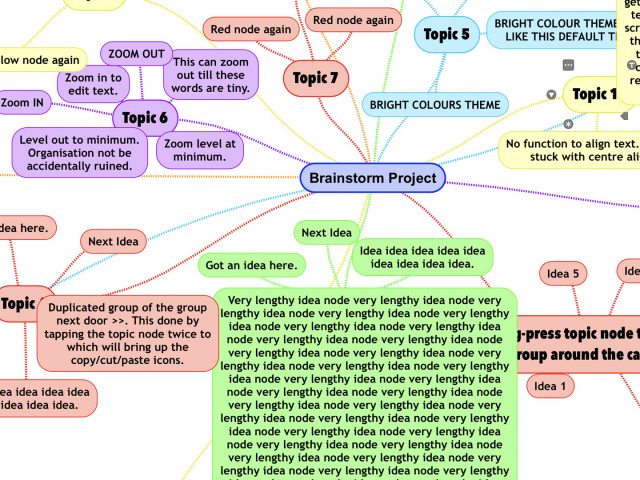In the past, most of our writing have been in third person point of view. But then one day, we decided we’d give first person point of view a try. As we switched to try the latter perspective, we found how different this was to the former. Not only was it different, but we found ourselves a little baffled as how to begin. So we decided we’d go off and do a little research on writing first person point of view before beginning. In this search for information, we came across some helpful things; and now we hope that this information we’re about to mention will help fellow beginners to begin your story in first person point of view.
Some of us may think writing first person point of view is as simple as switching a few of those he-said-she-saids in third person point of view to I-saids in first person point of view, and everything else pretty much stays the same. But it’s not quite that simple.
There are quite a few limitations when writing in first person perspective. One, where we were able to hop in and out of characters’ heads in third person perspective, in first person perspective, we can only focus on the thoughts and feelings of the character telling the story—who we’ll just call Joe. Unless Joe is an empath and is telepathic, all other thoughts and feelings can be mentioned only as speculation based on Joe’s reading of their body language, and cannot be written as fact.
Second, we can only write what Joe sees. For example, if someone behind Joe is walking towards him, we must remember not to write these actions as if we can see this person approach Joe. We could maybe write that he senses someone’s approach if that is what he senses, but not state it as if he can see the person do it. It is also the same with hearing dialogue. If Joe is not within hearing range, has fallen asleep, or is unconscious then it should not be written.
The above points seem very obvious, but we mention them because they are very common mistakes when switching from third person to first person point of view.
There is one other mistake that a site pointed out that was not so obvious however. The mistake they mentioned concerns the phrase: “I blushed”. Can we say “I blushed”? This had to be thought about for a bit we’ll admit. But we soon realised that it cannot be written; because the fact is, we cannot actually see ourselves go red in the face. We can only see this blushing if we are staring at our own reflection in the mirror. So, instead, we should be writing something like: “I felt heat rise to my face”.
To reiterate, if our character can’t physically be there to witness something happen or hear it then it cannot be written in first person point of view. Anything that is mentioned about other characters can only be mentioned as speculation and should not be written as fact.
But, if it turns out that the story requires the disclosure of thoughts and feelings of other characters, or the story needs to move to many different locales without our character Joe being there, maybe it’d be best to consider writing the story in third person point of view.
Having said that, there appears to be one way around it. With appropriate indication, it would seem that it is okay to switch to a different character’s perspective under different chapters, just not during a scene.
One last thing we will mention is the excessive use of the pronoun, “I”. Excessive use can be very repetitive and boring so we should pay attention to our use of “I” and try to vary sentence structures to minimise this excessive use.
We are sure that there are plenty more points we should also know, but for now, it is probably enough—it has been enough—to go on to start writing a decent story in the first person perspective without breaking too many rules. So we end it here; and hope that this has been helpful for fellow beginners—even if only slightly.
Happy writing!
Further Reading:
Fiction Factor – Me, Myself and I – Writing First Person Point of View
A good place to go to see examples of how to eliminate excessive use of the pronoun “I”. The site also shows an example of the common mistake people make when writing in first person point of view, and a couple of passages with similar content, written in both 1st person point of view and 3rd person point of view to illustrate their differences.
FictionAddiction.NET – Point of View: First Person
Defines the difference between the 1st person and 3rd person point of views.
BellaOnline: Point of View – Fiction Writing
Another useful site that go into the differences of 1st, 2nd, and 3rd person point of view. It also talks about a few pros and cons of writing in the different perspectives.
Write a Novel: 8. Narrative Voice
In the PDF that the page is linked to, it goes into writing 1st, 2nd, and 3rd person point of view. It also talks about verbal tense too.
ADVERTISEMENT




